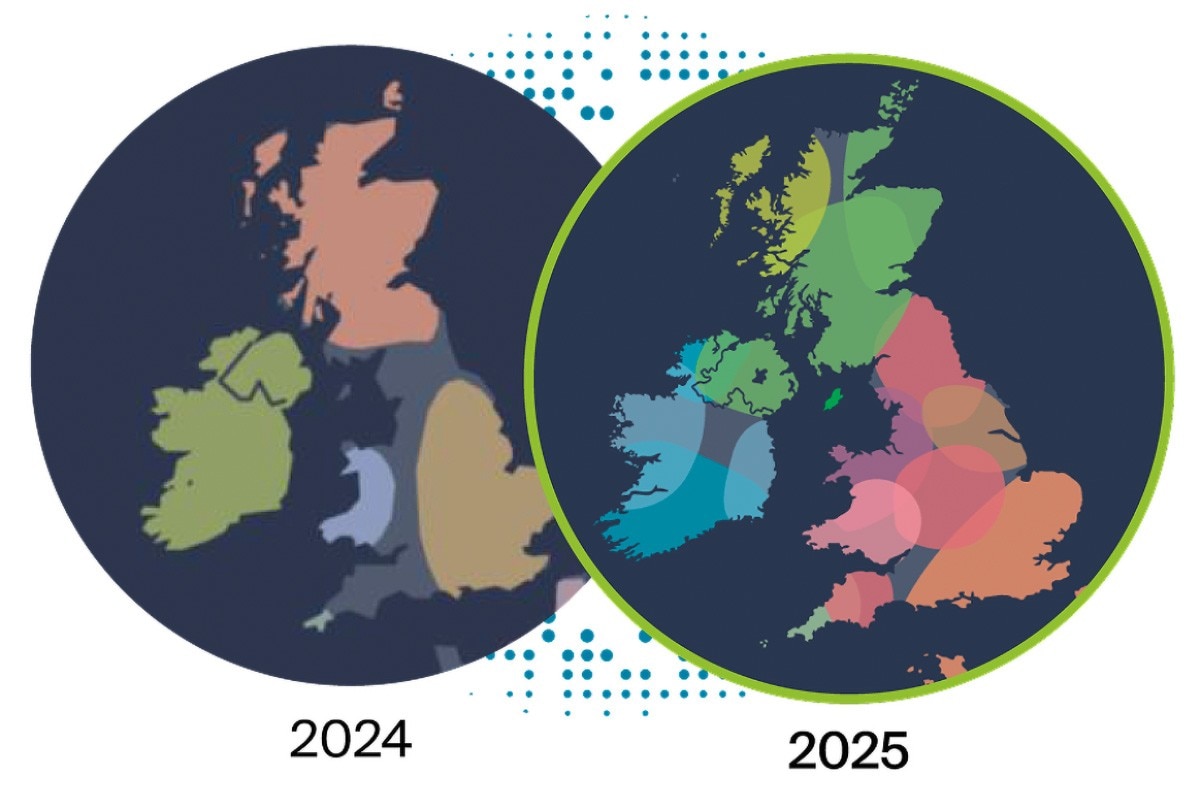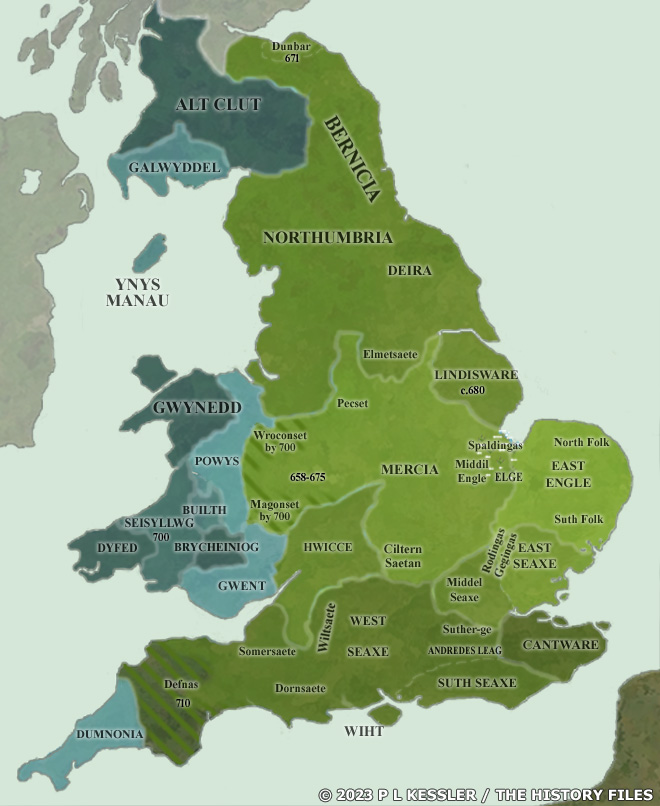1
Ancestral Family Tree DNA Testing / Re: MyHeritage Upgrades Its DNA Tests to Whole Genome Sequencing
« on: Wednesday 29 October 25 15:32 GMT (UK) »
Interesting.
It seems they are/will be offering full genome testing for about £25.
The company Nucleus Genomics said they expect full genome tests to come down to practically zero in price.
That's quite telling that FTDNA are offering their full Y at $450.
Hopefully this will be the push required to see some innovation. Full genome can be used to extract Y and mt haplogroups. Would be good to see many more tests taken to match against.
It seems they are/will be offering full genome testing for about £25.
The company Nucleus Genomics said they expect full genome tests to come down to practically zero in price.
That's quite telling that FTDNA are offering their full Y at $450.
Hopefully this will be the push required to see some innovation. Full genome can be used to extract Y and mt haplogroups. Would be good to see many more tests taken to match against.


